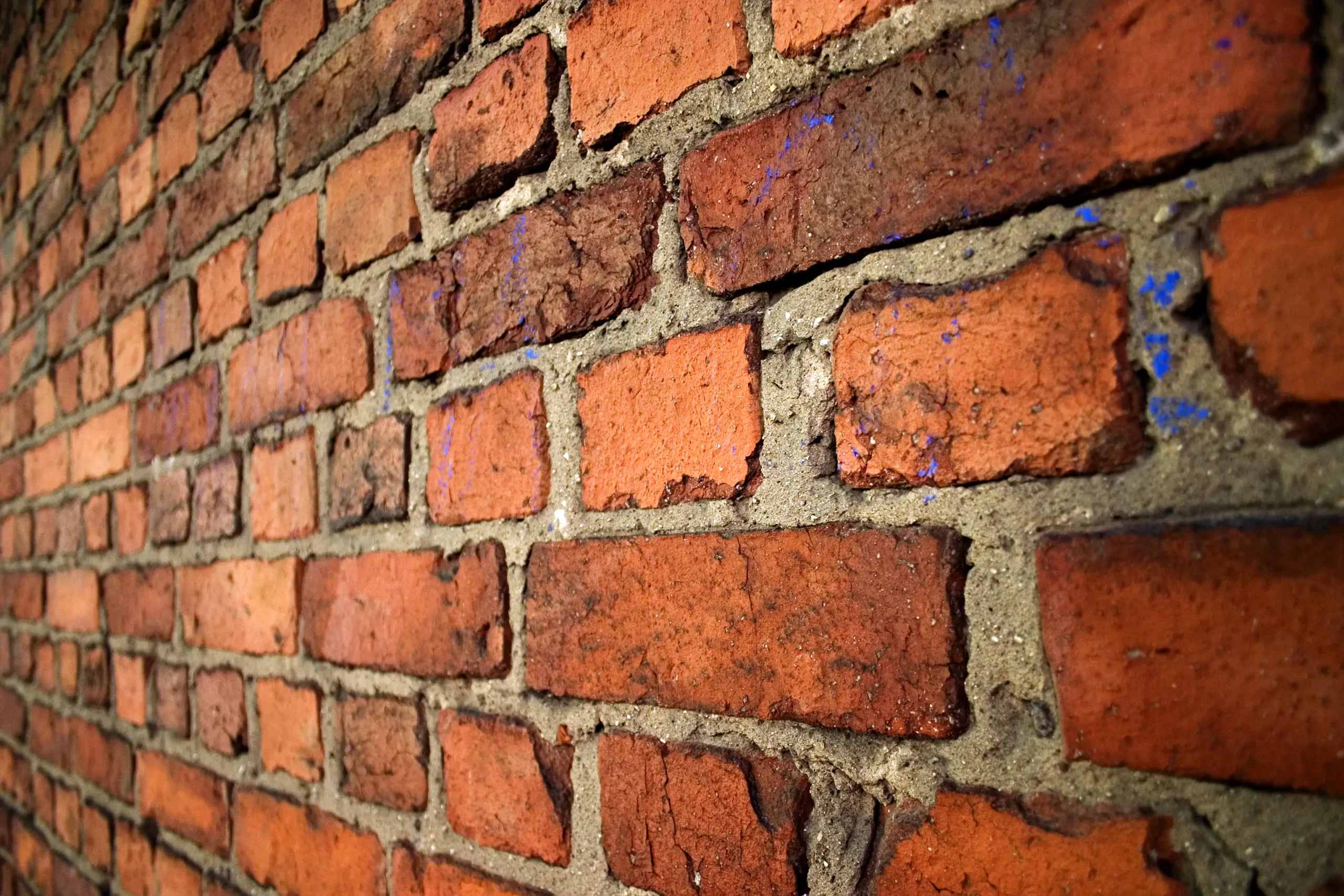Types Of Bricks Used In UK Construction

Table of Contents
According to Statista, the production of bricks in the United Kingdom hit nearly 1.9 billion between the years 2010 and 2020. That’s an astonishing number! It’s no wonder that bricks are still among the most favoured materials in the construction industry. Their convenient size and ease of handling make them suitable for simple and intricate building designs. Though most bricks are made from clay, concrete blocks and calcium silicate bricks (a combination of water, sand, lime, and colouring pigment) are also available. It’s essential to understand the different types of bricks as they vary based on their specific applications.
Learning the art of masonry and brickwork requires skill and begins with selecting the right brick type. Once that’s done, you’re on the path to creating stunning brick constructions that might even be admired by generations.
Facing Bricks
Facing bricks, as the term implies, are visible on the exteriors of buildings, decorative walls, and other places where aesthetics matter. Constructed with clay, they are designed to withstand the UK’s notoriously wet and windy weather.
There are two main kinds of facing bricks: Wirecut (or extruded) bricks, which are formed into a long rectangular shape before being cut into identical sizes, enabling efficient mass production with a uniform look.
Soft mud bricks, on the other hand, are individually moulded and fired to produce a gentle edge and reclaimed brick texture, perfect for blending with older brickwork.
Engineering Bricks
Due to their robust compressive strength, these bricks are primarily used in civil engineering projects like foundations, tunnels, underground constructions, and groundworks. Engineering bricks are classified into two categories: Class A and Class B, both known for their density and weight-bearing capabilities.
- Class A – With a compressive strength of roughly 125/Nmm2 and minimal water absorption, Class A engineering bricks are typically blue.
- Class B – These have a compressive strength of around 75/Nmm2 and a water absorption rate of roughly 7%. Red engineering bricks usually fall into the Class B category.
Common Bricks
Known for being the most fundamental and affordable option, common bricks are typically used where appearance is secondary. They are suitable for constructing shared walls or an additional inner layer of a wall, often concealed by render or other materials.
Created with basic clay, their appearance might lack uniformity in texture and colour. Generally reddish, common bricks are often combined with the more visually appealing facing bricks.
Concrete Blocks
Though not precisely bricks, concrete blocks are essential to the construction industry. They offer resistance to water and heat and have thermal conductivity features that help regulate building temperature. Their high density and varying compressive strength attributes make them a favoured option for tasks like wall support, foundations, and wall building.
Hollow concrete blocks are typically used above and below damp-proof course (DPC) levels. Choosing the appropriate concrete block for your project’s strength requirements is a legal necessity in England, with Building Regulations – Approved Document A providing the needed guidelines.
Fire Bricks
Also known as refractory bricks, fire bricks are crafted from clay and fired at substantially higher temperatures than common or facing bricks. This process results in a chemical reaction that enhances their durability, making them resistant to extreme temperatures and water. This makes them ideal for building chimneys, brick BBQs, pizza ovens, and furnaces. Available in colours like black, white, or light grey, fire bricks can also be stained during manufacturing to enhance their appearance.






